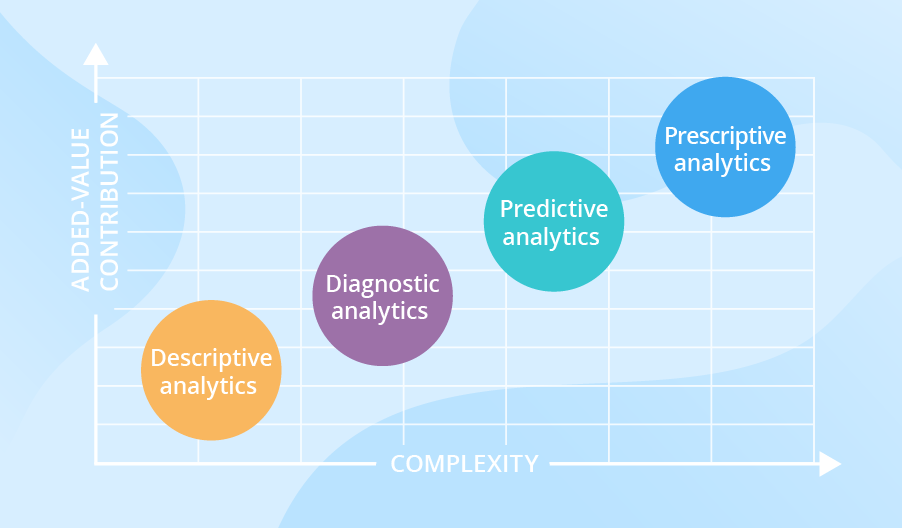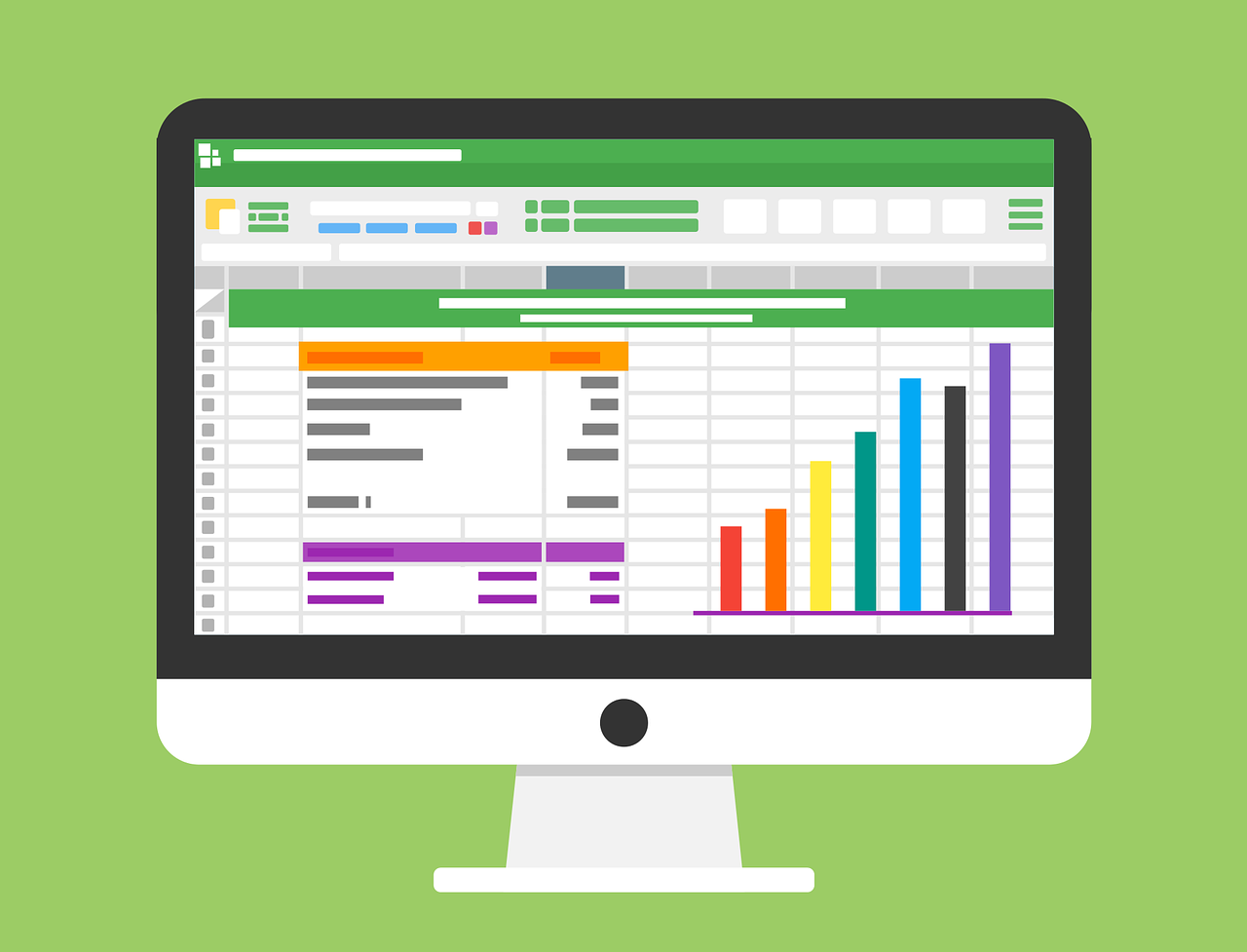Exploratory Data Analysis Is Best Described as
Statistics and Probability questions and answers. This is a deviation from the tradition of proposing a hypothesis before looking at the.

What Is Case Study Its Types Case Study Study Helper Study Help
Using statistics to identify cause-and-effect relationships.

. Exploratory data analysis can enable analysts to represent different sales trends graphically and visualize data related to best-selling product categories buyer demographics and preferences customer spending patterns and units sold over a certain period. Tukey describes Exploratory Data Analysis EDA as a philosophical approach to working with data. Exploratory Data Analysis EDA also known as Data Exploration is a step in the Data Analysis Process where a number of techniques are used to better understand the dataset being used.
Using statistics to begin to see what information the data contains. EDA is associated with several concepts and best practices that are applied at the initial phase of the analytics project. This tutorial will show you how to explore your data in a systematic way a task that statisticians call exploratory data analysis or EDA for short.
- exploratory data anlysis. A statistical model can be used or not but primarily EDA is for seeing what the data can tell us beyond the formal modeling or hypothesis testing task. EDA aims to spot patterns and trends to identify anomalies and to test early hypotheses.
- use methods that help you understand the data. This data collection is not followed by a model imposition. Exploratory data analysis should be viewed as an innately cyclical process.
EDA is an important first step in any data analysis. Understanding the dataset can refer to a number of things including but not limited to. Other functions that can be performed are the description of data handling outliers getting insights through the plots.
EDA is an attitude a state of flexibility a willingness to look for those things that we believe are not there as well as those we believe to be there. - explore a data set. Preparing your data will likely prompt new questions that necessitate more data exploration and so forth.
Detection of mistakes checking of assumptions preliminary selection of appropriate models. EDA and Data screening revisited. Practice finding patterns in data.
Exploratory Data Analysis EDA in Data Science is a step in the analysis process that uses several techniques to visualize analyze and find patterns in the data. Here are the main reasons we use EDA. Exploratory data analysis is an approach to analyzing data sets to summarize their main characteristics often with visual methods.
EDA can be done using python for identifying the missing value in a data set. Its high-level built-in data structure and. It is a form of descriptive analytics.
Simply defined exploratory data analysis EDA for short is what data analysts do with large sets of data looking for patterns and summarizing the datasets main characteristics beyond what they learn from modeling and hypothesis testing. Exploratory data analysis EDA is a data-driven conceptual framework for analysis that is based primarily on the philosophical and methodological work of John Tukey and colleagues which dates back to the early 1960s. Exploratory data analysis is best described as.
In data analytics exploratory data analysis is how we describe the practice of investigating a dataset and summarizing its main features. Without EDA this would not have been possible. As mentioned in Chapter 1 exploratory data analysis or EDA is a critical rst step in analyzing the data from an experiment.
Learn a strategy for exploring data. Tukey developed EDA in response to psychologys overemphasis on hypodeductive approaches to gaining insight into phenomena. Its important to not only adopt new processes that allow you to quickly explore prepare and repeat but also new technologies that aid agility.
Generate questions about your data. John Turkey who developed the EDA method likened it to detective work because you have to dig for clues and evidence before making any assumptions about the outcome. Exploratory Data Analysis is a basic data analysis technique that is acronymic as EDA in the analytics industry.
- to help you see what happened somethimes in spite of your expectations. EDA is associated with graphical visualization techniques to identify data patterns and comparative data analysis. Tukey describes Exploratory Data Analysis EDA as a philosophical approach to working with data.
Exploratory Data Analysis EDA refers to the critical process of performing initial investigations on data so as to discover patterns to spot anomalies to test hypotheses and to check assumptions with the help of summary statistics and graphical representations. Python and R language are the two most commonly used data science tools to create an EDA. Exploratory Data Analysis EDA is an approachphilosophy for data analysis that employs a variety of techniques mostly graphical EDA is an iterative cycle.
Get tips about how to use different types of plots to explore data. Exploratory Data Analysis A rst look at the data. Using statistics to prove a previously held assumption B.
In the tutorial you will. Use what you learn to refine your questions andor generate new questions. Extracting important variables and leaving behind useless variables.
Data measured over time for each variable. Search for answers by visualising transforming and modelling your data. EDA focuses more narrowly on checking assumptions required for model fitting and hypothesis testing.
What is the role of EDA. Exploratory Data Analysis is one of the main components of the Data Science Life Cycle it is a technique to understand the various aspects of the data. EDA is an attitude a state of flexibility a willingness to look for those things that we believe are not there as well as those we believe to be there.
- to help you understand the events that generated the data. Usually the time intervals are equally spaced or regularly spaced example ever week every quarter or every year. These patterns include outliers and features of the data that might be unexpected.
Exploratory data analysis was promoted by John Tukey to encourage statisticians to explore data and possibly formulate hypotheses that might cause new data collection and experiments. Exploratory Data Analysis EDA is an analysis approach that identifies general patterns in the data. Rather it is followed immediately by analysis of data with a goal of inferring what model would be appropriate.

4 Types Of Data Analytics To Improve Decision Making

Exploratory Data Analysis Functions Types Tools

Exploratory Data Analysis Eda From Scratch With Pythin Implementation
Comments
Post a Comment